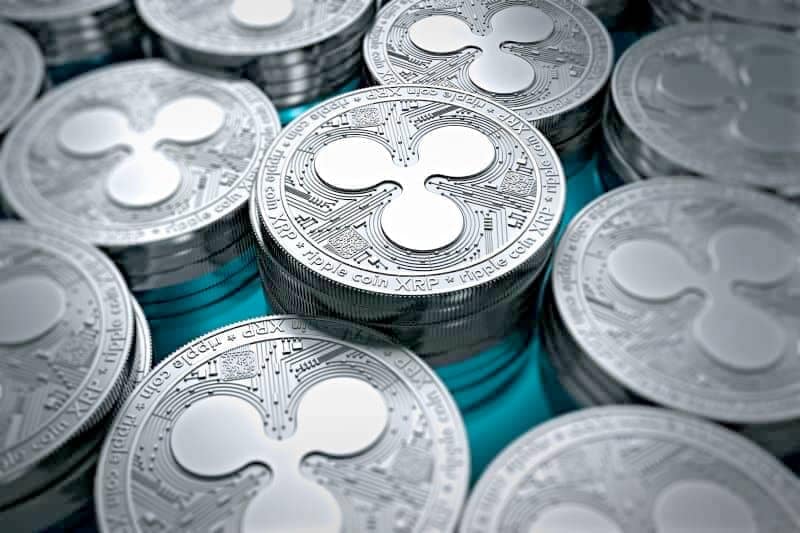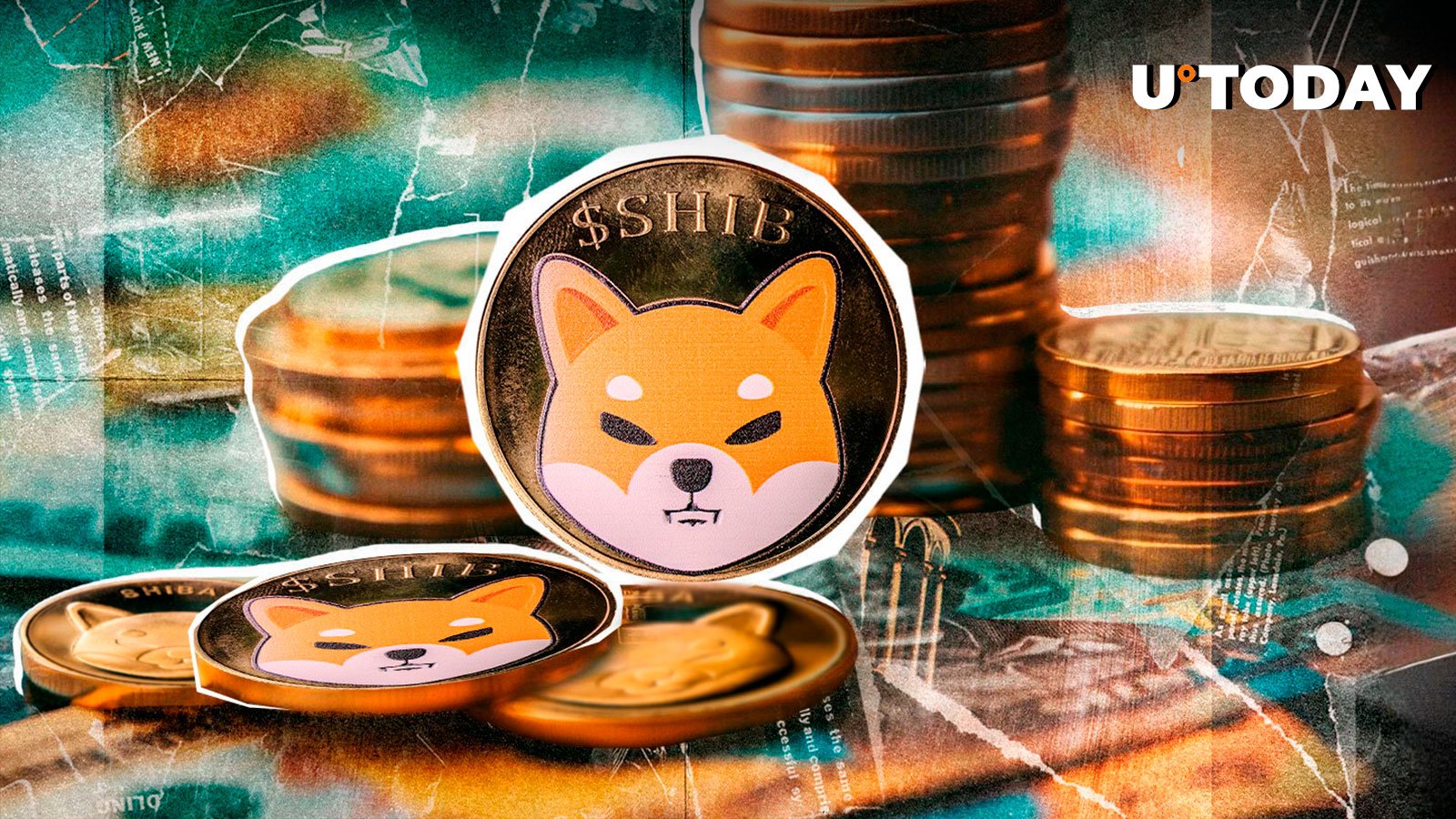
TL;DR Pi Network now allows users to appeal name mismatches and enables minor phone number corrections to assist users in passing KYC verifications. Despite the constant delays and deadline extensions, the project surpassed 100M downloads, with South Korea, India, and other Asian countries emerging as strong community bases. Solutions for Struggling Users The controversial cryptocurrency project Pi Network has been around for almost six years, but the community is still awaiting the launch of its native token or open mainnet. The team has previously claimed that major milestones will occur once 15 million users pass necessary Know-Your-Customer (KYC) verifications and migrate to the mainnet. The process deadline, known as the Grace Period, was set for January 31 but was recently moved to February 28. One reason behind the constant extensions could be the issues that some users experience when trying to abide by the rules. Pi Network issued key guidance to those struggling with the procedures in the past few months. Last year, for instance, it urged those to join a dedicated Telegram chat “where there will be mods to answer your questions.” The team recently introduced two additional updates “that may help unblock your KYC application if you take action.” The developers said users whose Pi account name and KYC name do not match would normally have their applications rejected due to their failure to prove their ownership of the account through KYC verification. However, there is a solution to this problem. Pi Network revealed that those users should appeal for a chance to resubmit their application with corrected details or update their Pi account name to their KYC’s name with a penalty of forfeiting part of their Mobile Balance. “Eligible Pioneers include those whose KYC applications were rejected due to name mismatches. However, Pioneers are eligible only if they have appealed exactly one time due to this rejection reason, and that single appeal was denied ,” the team added . Additionally, Pi Network said it’s able to help users who have made small typos when adding their phone numbers to their Pi account. It enabled people to edit up to two digits of their account phone number. “Allowing only up to two digits to change is to make sure the phone number change will not be exploited by policy violators such as account transfers and sales or hackers taking over someone’s account,” the announcement reads. The Popularity Goes up Despite the controversy surrounding Pi Network and the frustration across its community, the project keeps increasing its popularity worldwide. As CryptoPotato reported , the project’s application surpassed the major milestone of 100 million downloads in December last year. Pi Network is particularly well-known in Asia, with South Korea, Vietnam, India, China, Singapore, and others turning into strongholds. Not long ago, Wu Blockchain revealed that the number of Pi Network users in South Korea had crossed 1.3 million, exceeding the local client base of leading crypto exchanges like Binance and Coinbase. Last week, Pi News posted photos from a Megha Event in India, during which local supporters gathered to discuss the project. Pi Network has over 3.6 million followers on X. In comparison, Ripple – the entity behind the cryptocurrency XRP – is trailing behind with 3 million subscribers. The post Pi Network Introduces 2 Key Updates to Improve KYC Process appeared first on CryptoPotato .
Crypto Potato
You can visit the page to read the article.
Source: Crypto Potato
Disclaimer: The opinion expressed here is not investment advice – it is provided for informational purposes only. It does not necessarily reflect the opinion of BitMaden. Every investment and all trading involves risk, so you should always perform your own research prior to making decisions. We do not recommend investing money you cannot afford to lose.
Dogecoin’s Price Could Hit $1.25 by May, Analyst Predicts

The crypto market is showing signs of recovery following a rollercoaster for a few days, and thoughts are turning to how high some of the more popular assets could go in the coming days and months. One analyst has suggested that the largest meme coin by market cap, Dogecoin (DOGE), could shatter its current all-time high price and break past the $1 level by May, drawing from historical trends and technical patterns. Bullish Symmetry Pseudonymous crypto analyst Master Kenobi recently highlighted DOGE’s price symmetry over the past year. He noted that the OG meme coin followed a cyclical pattern of two major pumps, the first coming in February 2024 and the second following six months later in August. While the initial surge saw the coin’s value go up at least 3 times, the gains were all lost following a significant crash in August. However, it rallied a second time soon after, with its price multiplying six times. This particular pump also came to an abrupt end over the weekend when the entire crypto market shed more than $400 billion, triggered by a squabble over tariffs between the United States and three of its trading partners, Mexico, Canada, and China. Dogecoin holders saw about 57% of the profits they had gained over the last five months disappear within 24 hours as the market reacted to the tariff impasse. Despite the setback, Kenobi sees potential for another upswing. According to the analyst, DOGE’s green trendline support, which was a key level, has now turned into resistance. Consequently, if the meme coin breaks above that level again, it could trigger a strong rally. The analyst laid out two possible scenarios for the token’s price action: On one hand, it could repeat the rally from February last year, with a peak forming by the end of the month. The second possibility is that it could follow an extended consolidation period before hitting new highs by mid-April or early May. Kenobi is leaning more towards the latter case, estimating that if DOGE mirrors the August 2024 pattern, then a 6x rally from the current bottom could push its price to at least $1.25. Market Sentiment Divided The analyst’s prediction has come only a day after reports emerged that several Dogecoin whales had offloaded 270 million tokens worth about $70 million within 24 hours. This mass sell-off increased supply and raised concerns about further price declines if demand fails to keep up. Another well-regarded market watcher, Ali Martinez, previously flagged a bearish crossover between DOGE’s Market Value to Realized Value (MVRV) ratio and its 30-day Simple Moving Average. According to him, this signal could indicate further price drops in the near term. At the time of writing, the cryptocurrency was back in the green, jumping 5.9% in the last 24 hours. However, the current price is still 21% below its seven-day peak of $0.3398, underperforming the broader crypto market, which is down 5.7%. The post Dogecoin’s Price Could Hit $1.25 by May, Analyst Predicts appeared first on CryptoPotato . Crypto Potato

Ethereum Boosts Gas Limit for the First Time Since PoS Transition
The post Ethereum Boosts Gas Limit for the First Time Since PoS Transition appeared first on Coinpedia Fintech News Ethereum has increased its gas limit beyond 30 million for the first time since transitioning to proof-of-stake. This move, backed by over 50% of validators, improves the network’s transaction capacity without requiring a hard fork. The gas limit, which determines how many transactions can be processed per block, now sits at an average of 31.5 million gas units and is expected to increase further to 36 million. In the meanwhile, ETH has faced extreme volatility, dropping 17.8% in a day, but rebounded after Trump paused tariffs. Ethereum’s First Gas Adjustment Under PoS This is the first time Ethereum has done something big with adjusting the gas limit since 2021 when it doubled from 15 million to 30 million under proof-of-work. Now, under proof-of-stake, validators can make incremental adjustments without needing a major network upgrade. With validators signaling their support, the limit increased automatically, demonstrating Ethereum’s ability to scale dynamically. Alongside the recent Dencun upgrade and proto-dank sharding, this gas limit increase further enhances Ethereum’s ability to handle growing demand. These developments could significantly boost the network’s efficiency, making transactions faster and more cost-effective for users. Vitalik Buterin’s Take on the Upgrade Ethereum co-founder Vitalik Buterin acknowledged the upgrade, noting that it contributes to layer-1 scalability. He praised ongoing efforts to improve network efficiency, mentioning upgrades like EIP-4444, statelessness, and client optimizations. L1 is scaling. A big shoutout to all the developers working on EIP-4444 (history expiry), statelessness (see the new binary tree EIP! https://t.co/ajKpF66BKw ), client efficiency upgrades, and other features that will make higher L1 gas limits decentralization-friendly. https://t.co/DNsHPAhiia — vitalik.eth (@VitalikButerin) February 4, 2025 Buterin also highlighted the upcoming Pectra upgrade in March, which aims to double the capacity of layer-2 solutions by increasing the blob target from 3 to 6. He suggested allowing staker-voted adjustments so that gas limits can scale alongside technological advancements. Split Opinions on Raising Gas Limit Ethereum developers are divided on whether to increase the mainnet gas limit by up to 100%. Supporters believe it would enhance layer-1 (L1) capacity and drive innovation, while opponents, including Ethereum Foundation’s Toni Wahrstätter, warn it could destabilize the network. Some developers suggest a cautious 20% increase to 36 million gas as an initial step, while others advocate for pushing beyond 40 million despite technical constraints. While this is a welcoming move, there is a concern that focusing too much on layer-2 (L2) scaling can halt the growth of L1 in the long run. Crypto Potato











